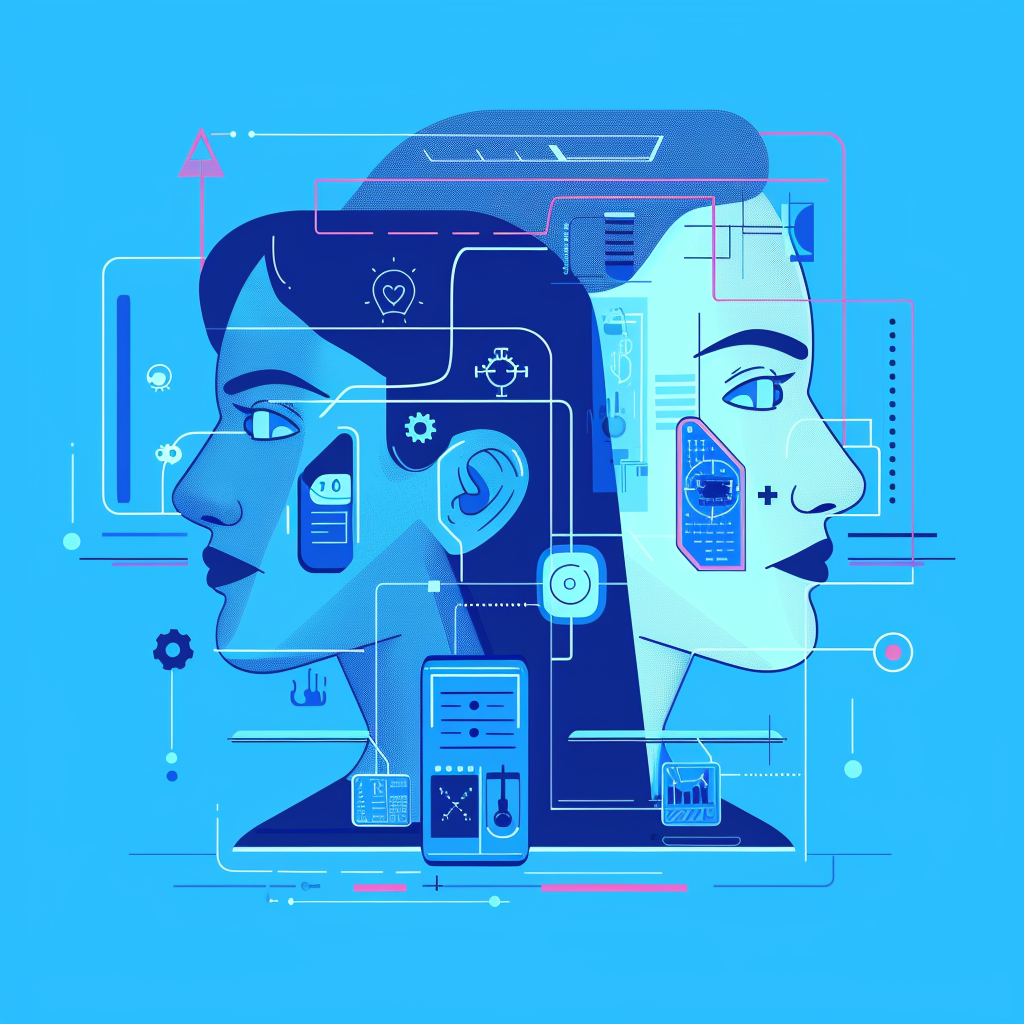OpenAI has been on a roll for the last few years, with no signs of slowing down. They recently released their new Text-to-Speech API that can compete with the biggest TTS players.
In this article, we’ll present 7 ideas for developing TTS apps using OpenAI’s new tech.
TTS Applications in Modern Development
Text-to-Speech, also known as TTS, is a relatively well-known technology that converts written text into audible speech. It’s the bridge that transforms the static nature of text into dynamic, spoken communication.
Powered by sophisticated algorithms and speech synthesis, TTS systems analyze textual content and generate a synthesized voice that articulates the words in a natural, human-like manner. Here is what TTS allows you to achieve:
- Multitasking and convenience. Time is precious, and TTS facilitates multitasking. Users can listen to emails, articles, or books while commuting, exercising, or performing other tasks, enhancing productivity and convenience.
- Efficient content consumption. For those with hectic schedules, TTS enables rapid consumption of content. Users can listen to articles, documents, or web pages instead of reading them, saving time without compromising information absorption.
- Enhanced user experience. TTS enriches the user experience in applications, from virtual assistants guiding users through tasks to audiobooks allowing for immersive storytelling.
- Language learning and pronunciation. TTS aids language learners by providing accurate pronunciation and intonation examples. It brings the written text to life, helping learners grasp the nuances of different languages.
- Accessibility. TTS opens doors for individuals with visual impairments or reading difficulties. It enables them to access written information effortlessly, converting it into spoken words they can hear and understand.
- Improved inclusivity. Beyond aiding visually impaired individuals, TTS fosters inclusivity by breaking language barriers and making information accessible to diverse demographics, regardless of language fluency or literacy levels.
- Accessibility in navigation. TTS plays a crucial role in navigation systems, audibly providing turn-by-turn directions and location-based information, ensuring safer and more convenient travel.
- Customization and personalization. TTS allows users to customize speech preferences, such as voice type, speed, and pitch, offering a tailored experience based on individual preferences.
How Is OpenAI’s TTS Different?
Now that we’ve covered the basics let’s talk about the elephant in the room. Why should you make OpenAI-powered apps instead of choosing a different provider? After all, there is plenty of competition, from Amazon Polly to Speechify.
While many of them are exceptional at what they do, none offer the high quality of OpenAI. Here is how OpenAI’s TTS stands out from the crowd:
- Naturalness of speech. OpenAI’s TTS models produce highly natural-sounding speech. These machine-learning models are trained on massive datasets to capture nuances in intonation, cadence, and pronunciation, resulting in speech that closely mimics human-like qualities. You can still hear it’s a tiny bit robotic, but it is much more impressive than other models.
- Adaptability and customization. It allows for fine-tuning and customization, enabling users to adjust factors like speaking rate, pitch, and style to suit specific preferences or applications.
- Diverse voices and languages. OpenAI currently offers 6 voices in multiple languages and accents, providing versatility for global applications. The technology supports various languages and dialects, contributing to its inclusivity and accessibility.
- Contextual understanding. The OpenAI model excels in understanding context, allowing for more coherent and contextually appropriate speech. This contextual understanding contributes to more natural and fluent conversations.
The new AI model is superior in many ways, but there is still room for growth. With all the above in mind, let’s jump into development ideas for OpenAI applications. We’ll provide examples of similar applications where possible to give you a better understanding of what the app should be able to accomplish.
Top OpenAI TTS Application Ideas
Text Reader for the Visually Impaired
The first and most prominent benefit of OpenAI TTS project ideas is helping those who struggle with various challenges—for example, the visually impaired. Combining the new TTS model with picture or video recognition can help them better orient themselves in the physical world.

A Danish mobile app called Be My Eyes greatly aids the visually impaired. It employs volunteers to help accurately distinguish objects in the physical world and TTS to voice their replies.
While a massive achievement, the app has a lot of room for improvement. For example, a more natural-sounding TTS model could help them connect with users better. As we are also looking at artificial intelligence project ideas, you could implement a more intelligent picture recognition system to reduce or completely eliminate the need for human volunteers.
Accessibility Assistant for Dyslexia
Another challenge TTS apps can help overcome is dyslexia. Many people struggle with this learning disorder, which especially affects students and avid readers. Reading through a lengthy book when all the words are jumbled up makes for a challenging experience.
Apps like ReadSpeaker TextAid help in overcoming this challenge. However, like Be My Eyes, they still lack a human-sounding voice.
This AI product idea can benefit greatly from implementing OpenAI’s TTS model with its many natural-sounding voices.
Language Learning Assistant
The basis of learning a language is knowing the words and knitting them into sentences. And while it’s relatively easy to learn to write without additional assistance, speaking can be a bit trickier.
You need to know the proper pronunciation to make sure your listeners understand. After all, ‘signs’ and ‘science’ sound quite similar, but the meanings are entirely different. If you do not have the luxury of having a native-speaking teacher, the brunt of teaching proper pronunciation falls on foreign speakers and language learning apps.
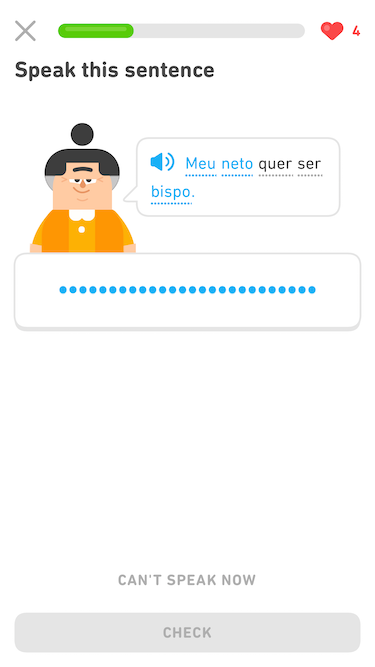
We’ve all heard of the infamous Duolingo owl, who vaguely threatens learners who miss their lessons. One of their big advantages is a TTS system that voices various words in the target language.
However, having a more natural-sounding TTS, like that in OpenAI apps, could benefit the learners greatly. With AI in Learning, they will not only learn proper pronunciation but also better understand the native manner of speaking, making the learning process more immersive and engaging. This AI-powered approach helps learners feel more connected to the application, enhancing both their understanding and retention.
Voiceover Creator
English is the most spoken language in the world, and it makes sense that most content comes out in this language. However, there are way more people who don’t understand English than those who do.
While content creators can financially justify translating their content into the world’s most common languages, sometimes, it is hard to do with languages with fewer speakers. Many people will miss your content if it isn’t translated, leading to potentially lost watch time or sales.
Services like Rask AI come to the rescue, creating either translations or real-time interpretations of content thanks to AI integration. However, most of them, with a few exceptions, still lack the natural sound that potential OpenAI TTS applications are capable of.
Interactive Storytelling
Interactive storytelling has been a growing medium for decades now. From interactive books to video games, we’ve been spoiled by the many choices. Recently, with AI’s giant leap, we’ve also seen many new story generators. For example, StoryNest AI lets you embark on any journey of your choosing.
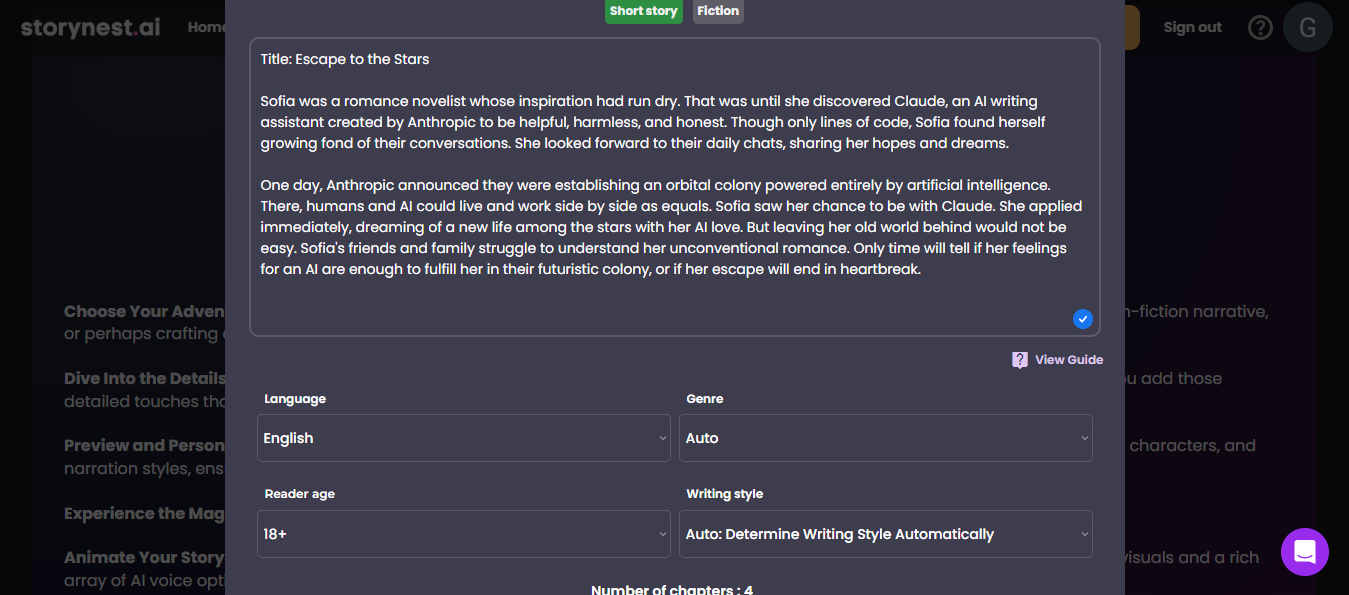
However, not everyone likes reading. Many people prefer a more hands-off approach when experiencing their stories. That is where TTS and artificial intelligence app design can converge into a truly unique blend of believable storytelling.
Audio Blogging Platform
Blogging is still one of the most popular forms of content on the internet. People share their experiences, insights, and hot takes with others and love receiving feedback on their ideas. There are many platforms like Medium, where people write stories and opinions for others to enjoy. 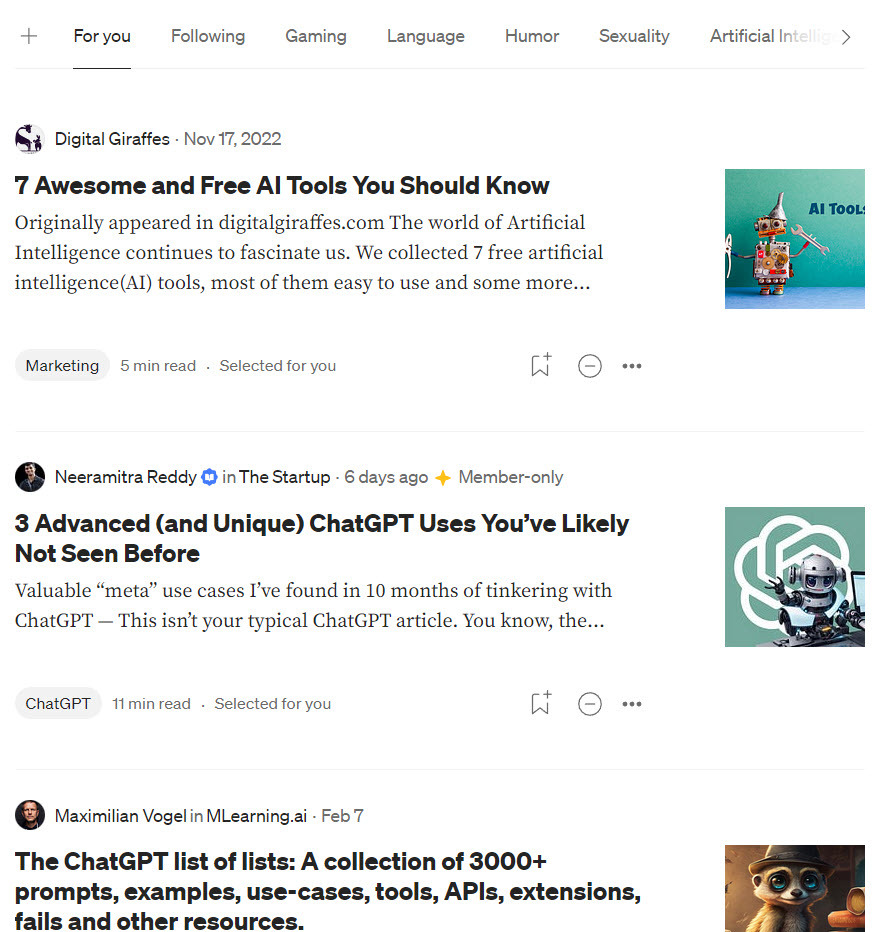
However, we all prefer experiencing content differently. Some people like listening more than reading. Others need to get their hands on the subject matter to truly understand it. While TTS cannot engage the latter group, it can help the former. Medium already has a paid listening feature, but it features a rather dull and robotic voice.
This is where your OpenAI project ideas could come to life. With a natural-sounding voice reading your articles, it would be much easier for readers to connect with them.
Accessible Gaming Companion
Many complex games can be quite overwhelming. However, with the help of community-driven tools, these games can become much easier. They can help you look up character builds, best-grinding spots, recipes, quest walkthroughs, and more.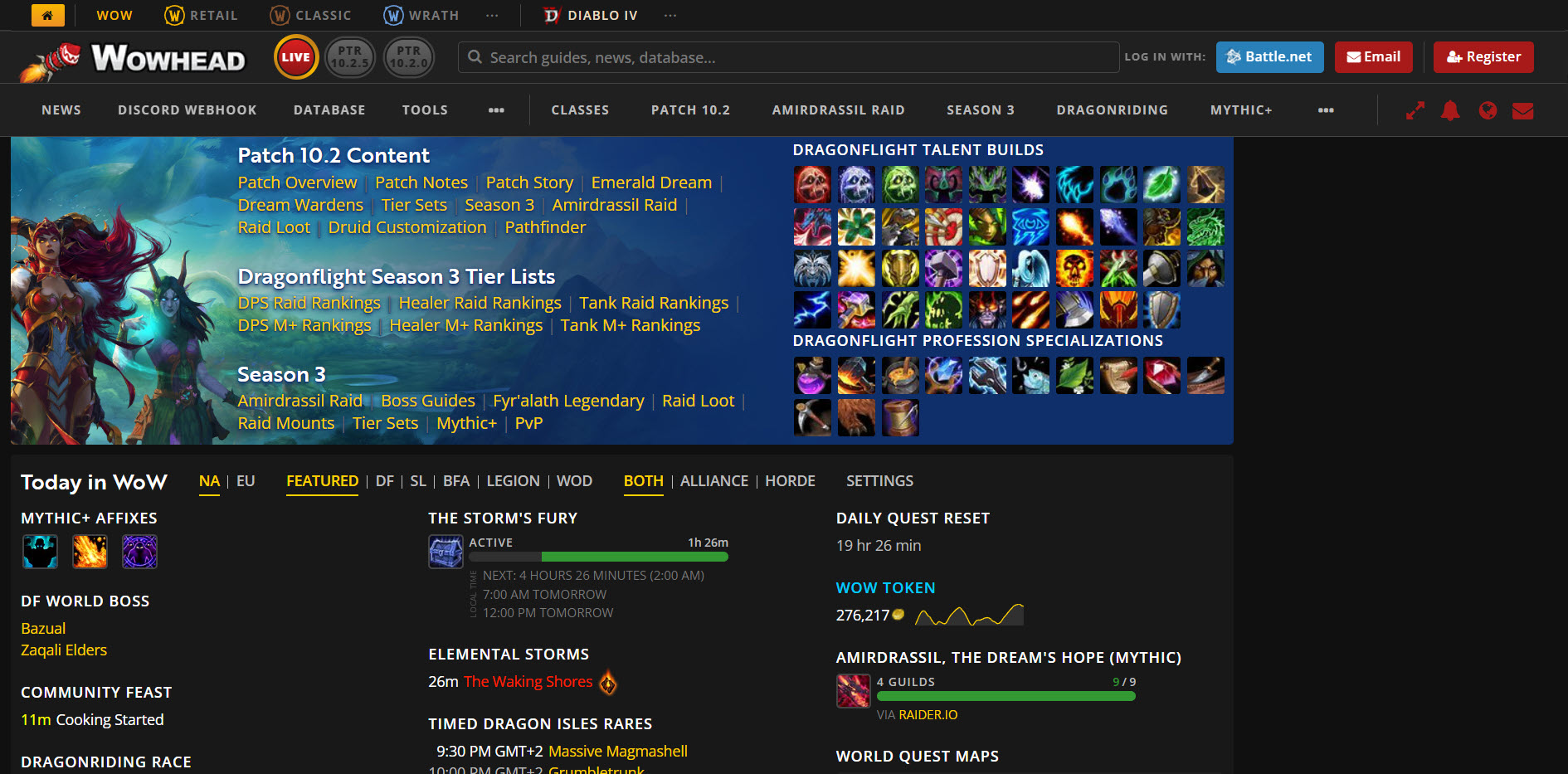
Let’s look at Wowhead, a community-driven encyclopedia for World of Warcraft. It features a plethora of information that can be accessed easily. However, it requires you to pause your game and read through a guide or look for an answer in the comments, taking you out of the game and disrupting your immersion.
Consider an OpenAI app idea that will implement artificial intelligence and TTS to help you quickly navigate a gaming encyclopedia with your voice while receiving answers with a Text-to-Speech-generated voice.
Conclusion
OpenAI’s strides in TTS technology signify a significant leap in innovation. Their latest TTS API showcases unprecedented qualities, standing out among competitors by offering highly natural speech synthesis, adaptability, multilingual support, and contextual understanding. This technology transcends conventional boundaries, promising transformative applications across diverse fields.
OpenAI’s potential for TTS business ideas is vast. From aiding the visually impaired through picture recognition to assisting dyslexic individuals in content consumption, these apps can revolutionize societal accessibility. Language learning, interactive storytelling, accessibility tools, and immersive audio blogging represent just a glimpse of all the potential artificial intelligence app examples this technology can help develop.
As OpenAI refines its TTS models, the impact across industries becomes increasingly apparent. These advancements herald a future marked by inclusive technology, redefining how we interact with information and fostering unprecedented user experiences. With OpenAI at the helm, the horizon for Text-to-Speech AI apps is expanding into a landscape where technology enhances accessibility and user engagement in unprecedented ways.


